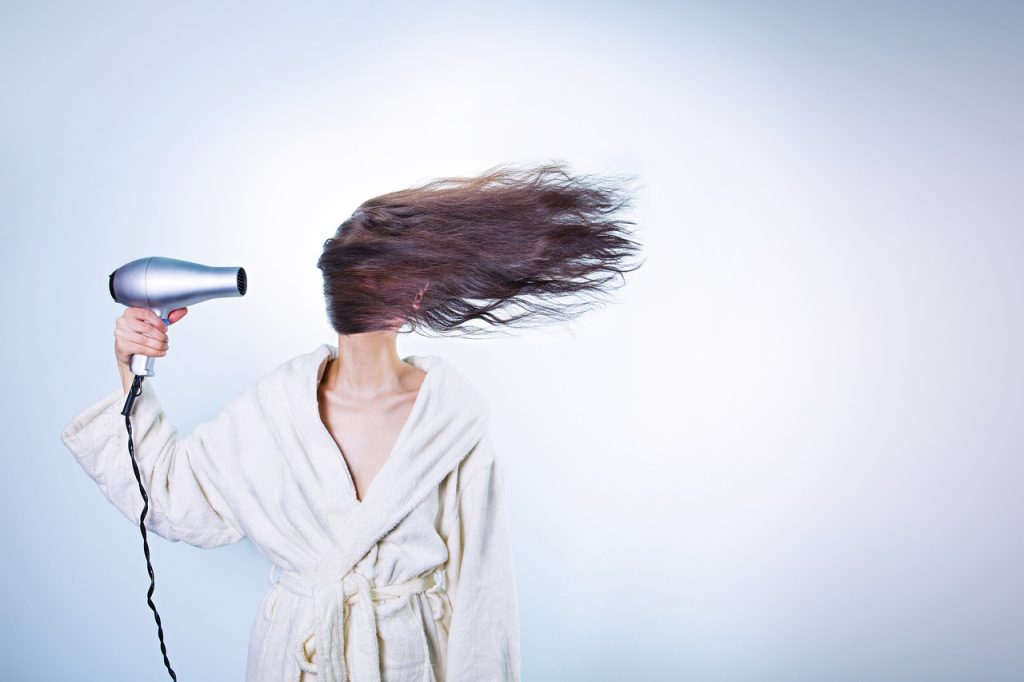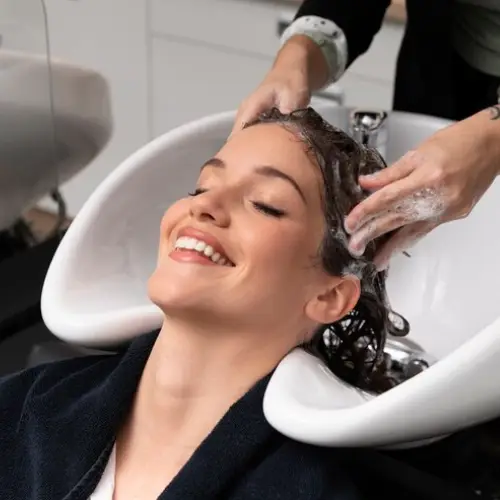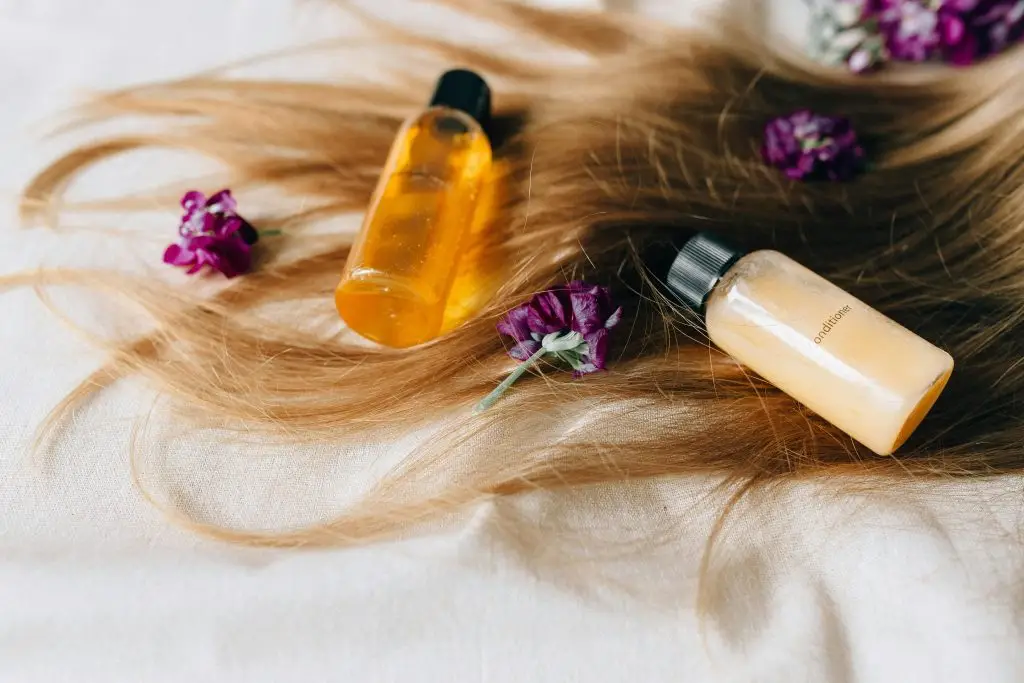Effective Strategies to Prevent Hair Fall and Promote Hair Health
Hair loss is a common concern that affects millions of people worldwide. Whether due to genetics, lifestyle factors, or medical conditions, thinning hair can significantly impact one’s self-esteem and confidence. Fortunately, there are numerous strategies you can employ to prevent hair fall and maintain a healthy, full head of hair. This comprehensive guide explores evidence-based approaches to combat hair loss and promote optimal hair growth.
Understanding the Hair Growth Cycle
To effectively prevent hair fall, it’s crucial to understand the natural hair growth cycle. Hair follicles go through three main phases:
- Anagen (Growth) Phase: This active growth period can last anywhere from 2 to 8 years. During this time, hair grows approximately 1 cm per month.
- Catagen (Transition) Phase: A short transitional period lasting about 2-3 weeks, where hair growth slows and the follicle shrinks.
- Telogen (Resting) Phase: This phase lasts around 2-4 months. Old hairs fall out, making way for new growth to begin.
Understanding this cycle helps explain why some hair shedding is normal. On average, people lose 50-100 hairs per day as part of this natural process. However, when hair loss exceeds this amount or new growth fails to replace fallen strands, it may indicate an underlying issue requiring attention.
Common Causes of Hair Fall
Before diving into prevention strategies, it’s essential to identify potential causes of excessive hair loss. Some common factors include:
- Genetics: Hereditary hair loss, known as androgenetic alopecia, is the most prevalent cause of thinning hair in both men and women.
- Hormonal Changes: Pregnancy, childbirth, menopause, and thyroid imbalances can all contribute to hair loss.
- Medical Conditions: Certain autoimmune diseases, scalp infections, and nutritional deficiencies may lead to increased hair shedding.
- Medications: Some drugs used to treat cancer, arthritis, depression, and high blood pressure can cause hair loss as a side effect.
- Stress: Physical or emotional stress can trigger a condition called telogen effluvium, resulting in temporary hair loss.
- Hairstyling Practices: Tight hairstyles, excessive heat styling, and harsh chemical treatments can damage hair follicles and lead to thinning.
By identifying the underlying cause of your hair loss, you can tailor your prevention strategy more effectively.
Nutrition for Healthy Hair
A balanced diet plays a crucial role in maintaining strong, healthy hair. Ensure your meals include these essential nutrients:
- Protein: Hair is primarily made of protein, so consuming adequate amounts is vital. Include lean meats, fish, eggs, legumes, and dairy in your diet.
- Iron: Iron deficiency can lead to hair loss. Incorporate iron-rich foods like spinach, lentils, and red meat into your meals.
- Omega-3 Fatty Acids: These healthy fats nourish hair follicles and promote scalp health. Find them in fatty fish, flaxseeds, and walnuts.
- Vitamins A, C, and E: These antioxidants protect hair follicles from damage. Consume a variety of colorful fruits and vegetables to meet your needs.
- Biotin: This B-vitamin is essential for hair growth. Good sources include eggs, nuts, and whole grains.
- Zinc: Zinc deficiency can lead to hair loss. Include oysters, beef, and pumpkin seeds in your diet to boost intake.
While a balanced diet should provide most of these nutrients, consult with a healthcare professional before considering supplements to address any deficiencies.
Scalp Care and Hair Hygiene
Maintaining a healthy scalp environment is crucial for preventing hair fall. Follow these tips to keep your scalp and hair in optimal condition:
- Choose the Right Shampoo: Select a gentle, sulfate-free shampoo that suits your hair type. Avoid harsh chemicals that can strip natural oils from your scalp.
- Condition Properly: Apply conditioner to the lengths and ends of your hair, avoiding the scalp to prevent clogged follicles.
- Scalp Massage: Gently massage your scalp while shampooing to improve blood circulation and stimulate hair follicles.
- Avoid Hot Water: Rinse your hair with cool or lukewarm water to prevent drying out the scalp and damaging hair cuticles.
- Pat Dry: Gently pat your hair dry with a microfiber towel instead of rubbing vigorously, which can cause breakage.
- Brush Carefully: Use a wide-toothed comb or a brush designed for wet hair to detangle gently, starting from the ends and working your way up.
- Scalp Exfoliation: Once a week, use a gentle scalp scrub to remove dead skin cells and product buildup, promoting a healthy environment for hair growth.
By incorporating these practices into your hair care routine, you can create an optimal environment for hair growth and reduce the risk of hair fall.
Stress Management for Hair Health
Chronic stress can significantly impact hair health, leading to increased shedding and slower growth. Implement these stress-reduction techniques to support healthy hair:
- Regular Exercise: Engage in physical activity to reduce stress hormones and improve blood circulation to the scalp.
- Meditation and Mindfulness: Practice relaxation techniques to lower stress levels and promote overall well-being.
- Adequate Sleep: Aim for 7-9 hours of quality sleep per night to allow your body and hair follicles to regenerate.
- Time Management: Prioritize tasks and set realistic goals to reduce daily stress and anxiety.
- Hobbies and Social Connections: Engage in activities you enjoy and maintain strong social relationships to promote emotional well-being.
- Professional Support: If stress becomes overwhelming, consider seeking help from a mental health professional.
By managing stress effectively, you can create a more favorable environment for hair growth and reduce the risk of stress-induced hair loss.
Hairstyling Practices to Prevent Hair Fall
Your hairstyling habits can significantly impact hair health. Adopt these practices to minimize damage and prevent hair fall:
- Avoid Tight Hairstyles: Limit the use of tight ponytails, buns, or braids that can cause traction alopecia.
- Heat Styling Precautions: When using heat tools, apply a heat protectant and use the lowest effective temperature setting.
- Natural Drying: Allow your hair to air dry whenever possible to reduce heat damage.
- Gentle Brushing: Use a soft-bristled brush and avoid brushing wet hair, which is more prone to breakage.
- Limit Chemical Treatments: Minimize the use of harsh chemical processes like perms, relaxers, and frequent coloring.
- Protective Hairstyles: When sleeping, use a silk or satin pillowcase or wrap your hair in a soft scarf to reduce friction.
- Regular Trims: Schedule regular haircuts to remove split ends and prevent breakage from traveling up the hair shaft.
By adopting these hair-friendly styling practices, you can significantly reduce the risk of hair damage and subsequent hair fall.
Natural Remedies and Hair Masks
While scientific evidence is limited, some natural remedies and hair masks may help nourish the scalp and promote hair health:
- Aloe Vera: Apply fresh aloe vera gel to the scalp to soothe inflammation and promote a healthy environment for hair growth.
- Coconut Oil: Massage warm coconut oil into the scalp to nourish hair follicles and reduce protein loss in hair strands.
- Onion Juice: Rich in sulfur, onion juice may help improve blood circulation to hair follicles when applied topically.
- Green Tea Rinse: Use cooled green tea as a final rinse after shampooing to provide antioxidants to the scalp.
- Egg Mask: Apply a mixture of egg whites and olive oil to your hair for a protein-rich treatment that may strengthen strands.
- Fenugreek Seed Paste: Soak fenugreek seeds overnight, grind into a paste, and apply to the scalp for potential hair-growth benefits.
- Rosemary Oil: Dilute rosemary essential oil in a carrier oil and massage into the scalp to potentially stimulate hair growth.
While these natural remedies may offer some benefits, it’s essential to patch-test before use and consult with a dermatologist if you have any concerns or underlying scalp conditions.
Lifestyle Factors for Hair Health
Your overall lifestyle plays a significant role in maintaining healthy hair. Consider these factors:
- Hydration: Drink plenty of water to keep your body and hair hydrated from the inside out.
- Smoking Cessation: If you smoke, consider quitting, as smoking can contribute to hair loss and premature graying.
- Alcohol Moderation: Excessive alcohol consumption can lead to nutritional deficiencies that affect hair health.
- Sun Protection: Shield your scalp and hair from harmful UV rays by wearing a hat or using UV-protective hair products.
- Regular Exercise: Engage in physical activity to improve blood circulation and promote overall health, including hair growth.
- Balanced Hormones: Work with a healthcare provider to address any hormonal imbalances that may be contributing to hair loss.
- Avoid Crash Diets: Rapid weight loss can lead to temporary hair shedding, so focus on gradual, sustainable weight management.
By adopting a holistic approach to your lifestyle, you can create an environment that supports optimal hair health and reduces the risk of hair fall.
Medical Treatments and Professional Interventions
If hair loss persists despite lifestyle changes and home remedies, consider consulting a dermatologist or trichologist for professional interventions:
- Minoxidil: This over-the-counter topical treatment can help stimulate hair growth in some individuals.
- Finasteride: A prescription medication that may slow hair loss and promote regrowth, primarily used for male pattern baldness.
- Platelet-Rich Plasma (PRP) Therapy: This treatment uses your own blood plasma to stimulate hair follicles and promote growth.
- Low-Level Laser Therapy: FDA-approved laser devices may help stimulate hair growth when used consistently.
- Hair Transplantation: For advanced hair loss, surgical options like follicular unit transplantation (FUT) or follicular unit extraction (FUE) may be considered.
- Scalp Micropigmentation: A cosmetic procedure that creates the appearance of a fuller head of hair by tattooing pigment into the scalp.
- Prescription Medications: In cases of underlying medical conditions, your doctor may prescribe medications to address the root cause of hair loss.
Always consult with a qualified healthcare professional before starting any medical treatment for hair loss to ensure it’s appropriate for your specific situation.
Monitoring and Tracking Hair Health
To effectively prevent hair fall, it’s important to monitor your hair’s health and track any changes over time:
- Hair Diary: Keep a journal documenting any changes in your hair’s thickness, texture, or shedding patterns.
- Photography: Take regular photos of your hairline and crown area to visually track changes over time.
- Professional Assessments: Schedule regular check-ups with a dermatologist or trichologist for expert evaluation.
- Scalp Examinations: Use a magnifying mirror or scalp camera to inspect your scalp health and detect any early signs of thinning.
- Hair Count Test: Periodically perform a hair count test by gently pulling on a small section of hair and counting the strands that come loose.
- Nutritional Testing: Consider getting blood tests to check for any nutritional deficiencies that may be impacting hair health.
- Stress Level Awareness: Pay attention to how stress levels correlate with changes in your hair’s condition.
By staying vigilant and proactive in monitoring your hair health, you can catch any issues early and take appropriate action to prevent further hair fall.
Conclusion
Preventing hair fall requires a multifaceted approach that addresses various aspects of hair health. By focusing on proper nutrition, scalp care, stress management, and hair-friendly styling practices, you can create an environment that supports strong, healthy hair growth. Remember that consistency is key, and it may take several months to see noticeable improvements in hair health.
If you’re concerned about excessive hair loss or thinning, don’t hesitate to consult with a healthcare professional. They can help identify any underlying causes and recommend appropriate treatments tailored to your specific needs. With patience, dedication, and the right strategies, you can work towards maintaining a fuller, healthier head of hair and boost your confidence in the process.



